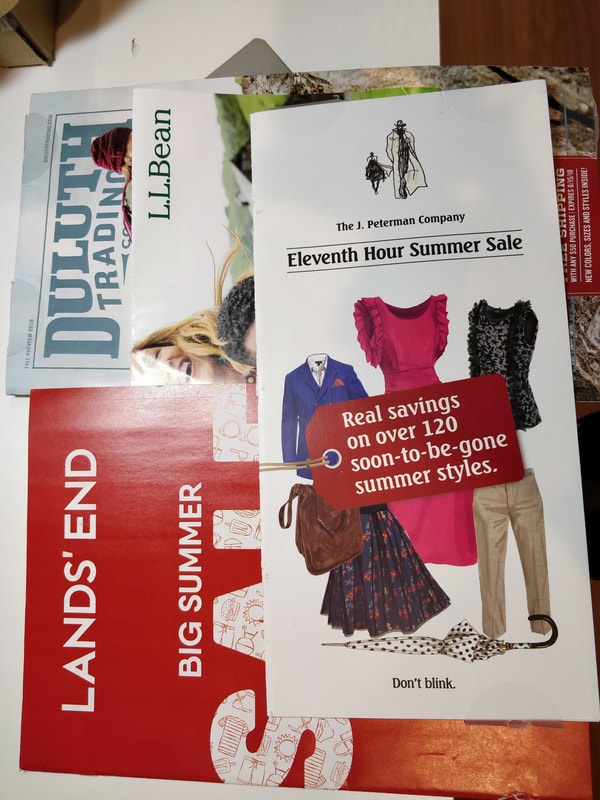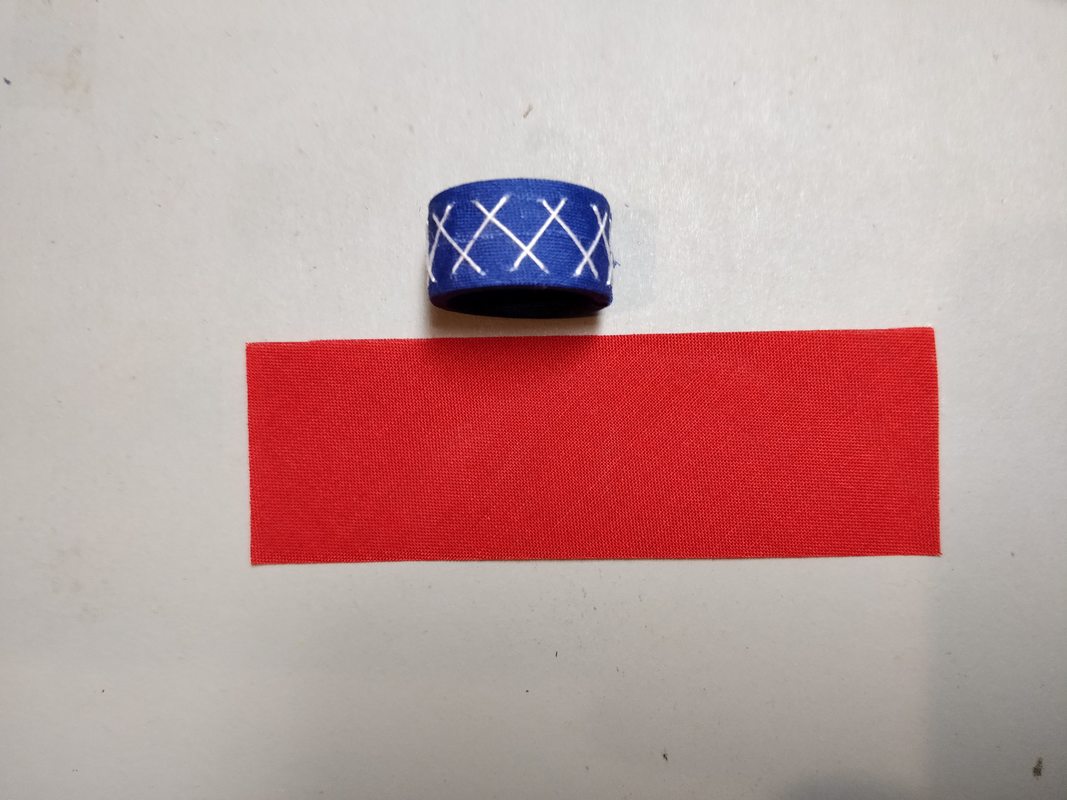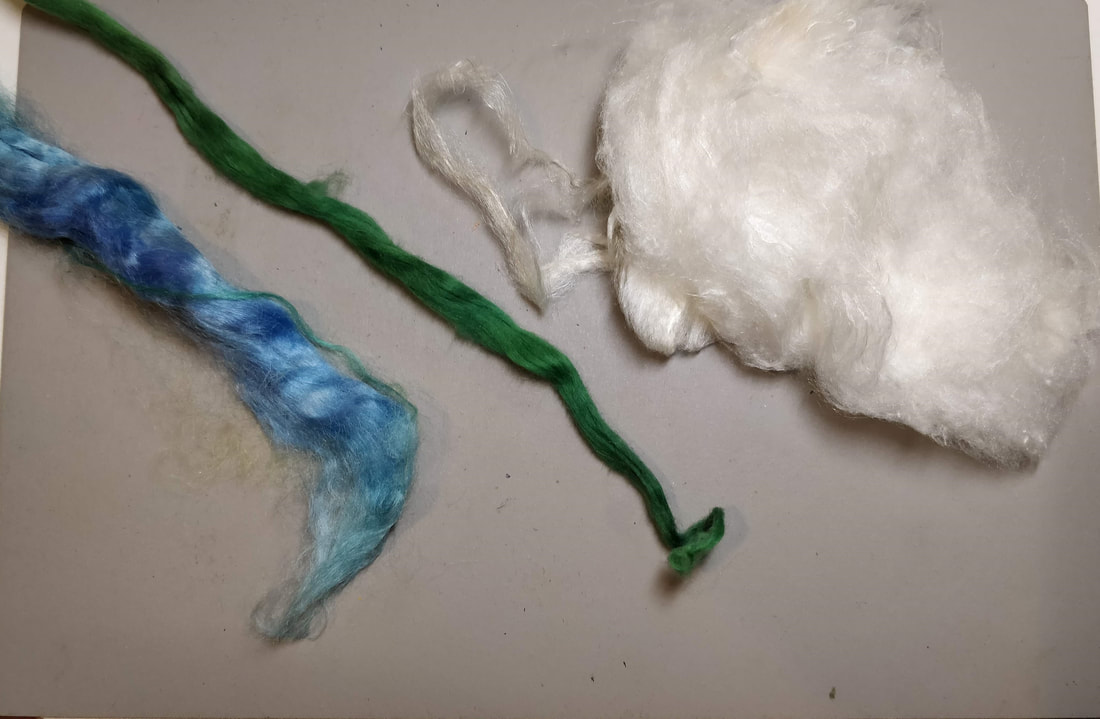First up is the card stock used for the core.
When choosing the card stock (aka paper) that will be inside the core, it should be a nice thickness that when rolled at least twice, into a circle, it will provide enough support to the core and yet be a tiny bit flexible.
DO not use regular everyday printer or copier paper for this, it is too thin, even if there is more than one layer of it. This paper is known as "20 Bond" and this refers to the weight of 500 uncut 11" x 22" sheets. The thicker the paper, the larger the weight (bond number). A good quality paper is in the range of 16-36, but these are not thick enough.
So what is a good paper for Yubinuki?
A paper that has a weight over 70 is a good place to start. FYI photo paper that is used in a printer is in the range of 24-71 pound, so if you want to buy thicker high end photo paper to then cut up go ahead, it is just an expensive way to get the paper for the core when there are less expensive way.
And what way would that be you may ask? Oh, how about the paper used for a quality magazine, catalog or brochure cover; not the paper inside the magazine or catalog but the cover of it! This paper is classified as 80-100 pound and the coating (a type of clay) that is added to the paper for the printing to stick, helps make it a bit more durable (in case the Yubinuki gets wet). So I save the covers from magazines that I done reading but don't want to keep. I also save the covers from all sorts of catalogs I get; I particularly like the J. Peterman Company catalog covers. Another good paper source is those thick 'card' advertisements that are stuffed in the junk mail. Just make sure you can get at least 4 inches in length.
To find out more about paper weights and thicknesses, refer to the chart from this website
This material is visible as the inside surface of the Yubinuki.
It is the first layer that is laid down, as part of the making the core and it covers the paper that provides the rigidity. In the picture to the right, the blue material on the core shown below is the lining material.
The fabric for the lining material should be cut on the bias, this is so it can stretch, and follow a curve without causing pleats or creases. The fabric should at least be 28 mm wide. Why? the paper is cut to 11 mm so the fabric has to cover the inside surface and then be folded over and overlap the fabric folded from the bottom; this will make more sense in core making tutorial. The fabric should be cotton, as it does make contact with your skin and it should not be itchy and can absorb hand moisture. The fabric color can coordinate with the thread colors used to stitch the design but going with all black is also a wise choice since it won't show any dirt. You can make your own bias tape and there are lots of information about that out on the web but if you want to cheat, go purchase bias tape from the sewing store but this is a polyester material. If you go this route get a DOUBLE FOLD tape that is 0.5" (12.75 mm wide; when the double folded tape is opened up, it will be 44 mm wide and that is more than enough for making the core.
This is what prevents the needle, when being pushed with the Yubinuki, from putting pressure on the finger in one spot. Traditionally this is uncombed silk fiber formed like a sheet and stretch really well so that it's easy to handle and form a suitable padding to the thimble bases. This sheet of silk fiber is what a spinner might acquire. This sheet of silk is not easy to find in the USA but from some spinning supply stores you can find spinning caps and hankies. There are alternatives to using silk that can be used from spinning suppliers and this would be roving - these are fibers that have been carded and aligned to make it easier to spin; look at Tencel, soy, cotton, and bamboo. Other materials such as cotton (embroidery) floss that has had the strands separated and laid down in parallel lines. Cotton balls can be used that are carefully pulled to create a long set of fibers (think of roving) that can be wound around the core. Quilt batting can also be used and can be found easily; it is available in many thicknesses and materials besides cotton such as wool and silk. If you decide to use this, go for the thinnest batting possible.
This picture shows, from left to right - Soy for spinning, Cotton for spinning, Silk Cap for spinning all of which I purchased at various fiber festivals.



 RSS Feed
RSS Feed